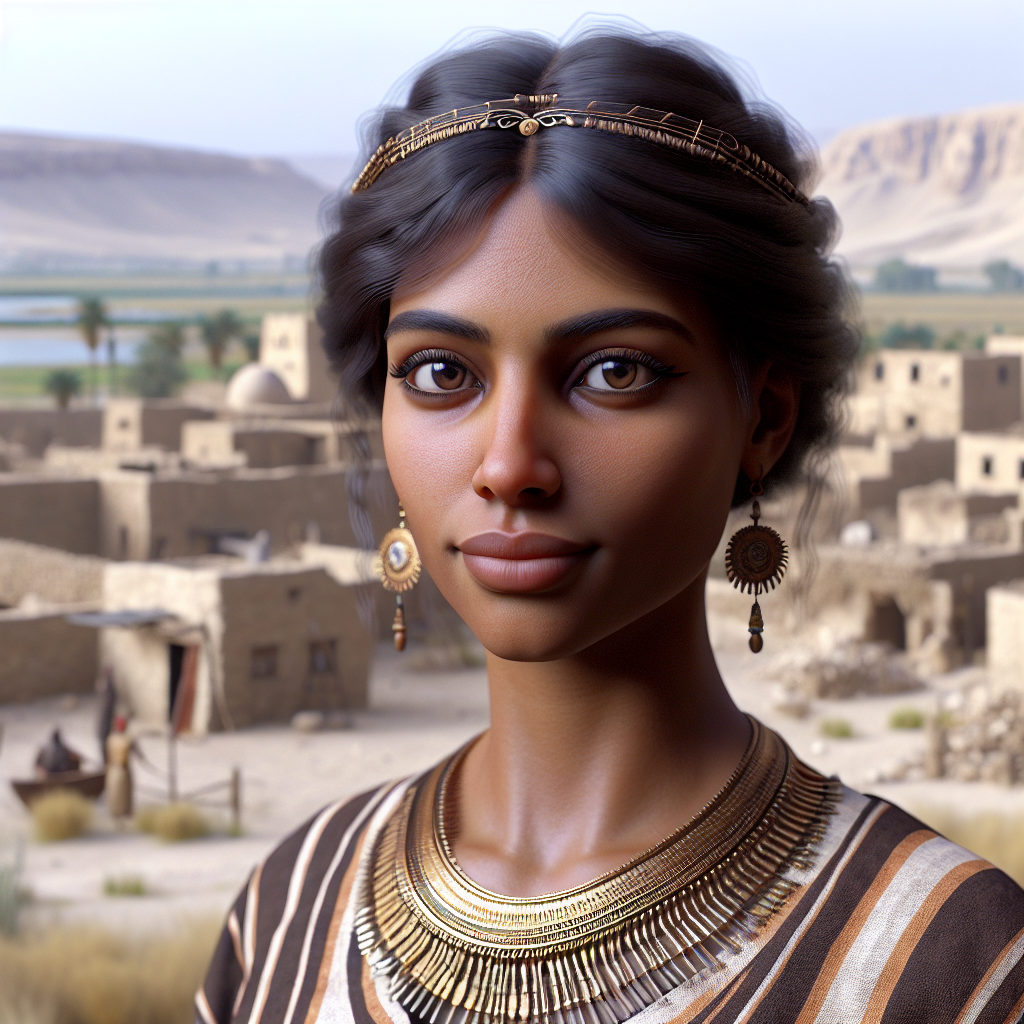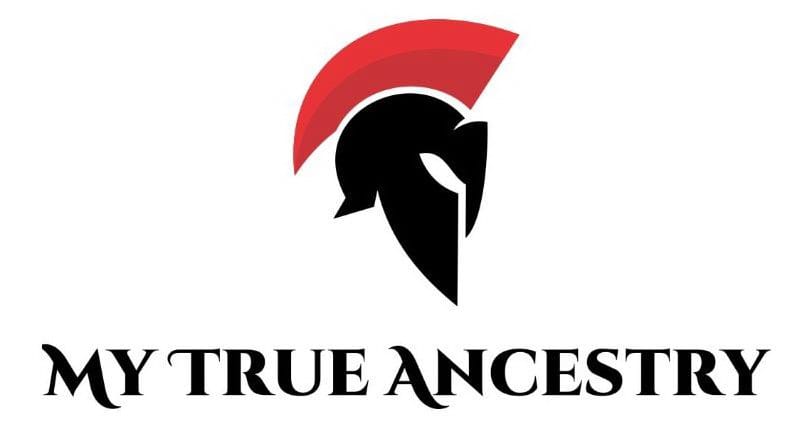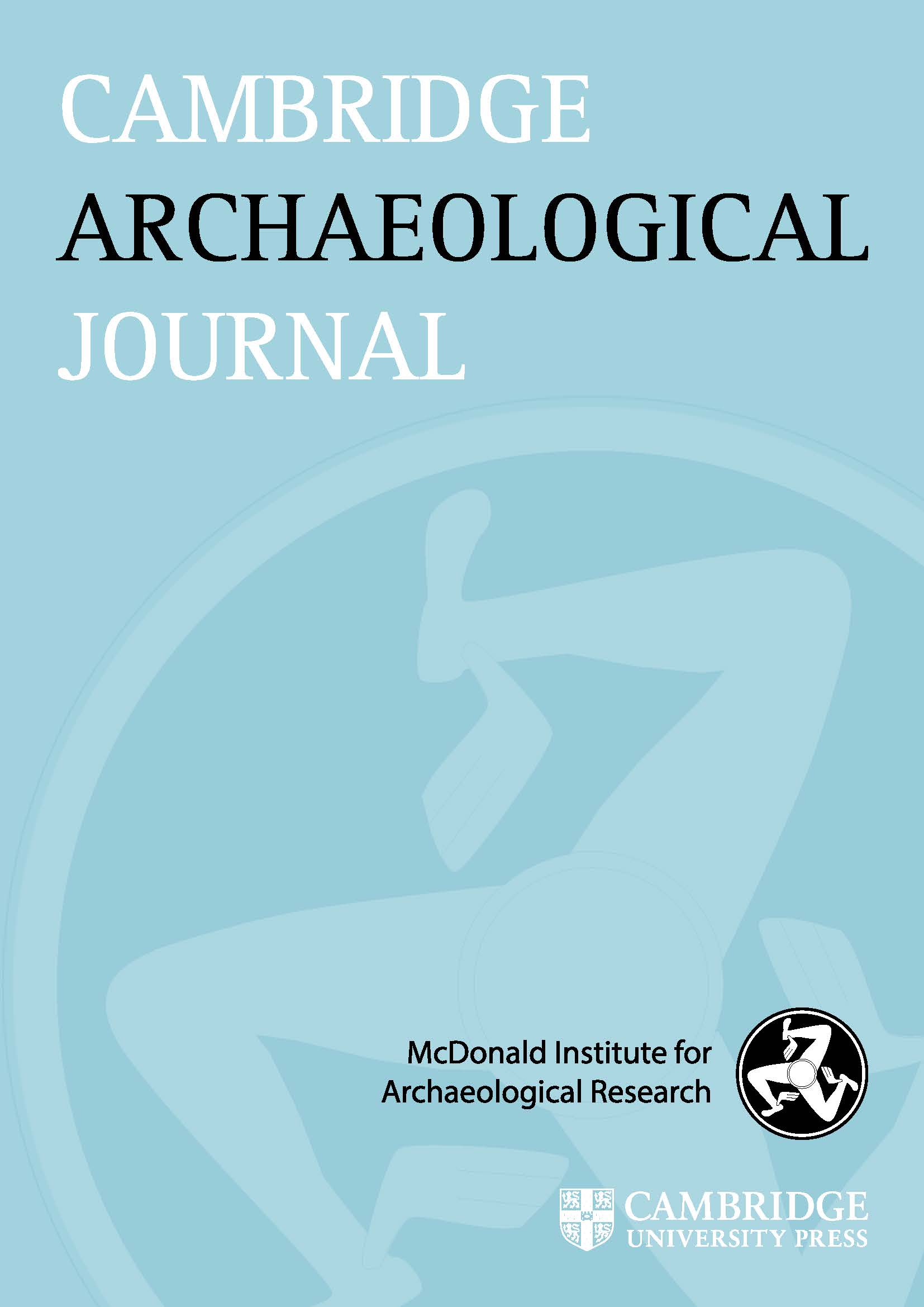Inequality and Royal Burials at Başur Höyük - Challenging Conventional Narratives in Early Bronze Age Mesopotamia





The Early Bronze Age cemetery of Başur Höyük, located in southeastern Türkiye, has revealed stunning archaeological and anthropological findings that challenge our traditional understanding of early state formation in Mesopotamia. This enigmatic site presents a fascinating mix of grand funerary rituals, including 'retainer burials' and the deposition of metallic wealth, in a village that otherwise appears egalitarian in nature. Nestled within the upper reaches of the Tigris and Euphrates rivers, this small tell provides unprecedented insight into the dawn of the Bronze Age and the complex social structures that emerged during this transformative period.
Başur Höyük sits at a strategic pass connecting the Van region to northern Mesopotamia, positioned at natural transit points between the Batman, Garzan, and Botan rivers. By the fourth millennium BC, the site was prominent, marked by a fortification wall and evidence of Uruk cultural influence. This gateway settlement connected obsidian-rich highland areas to the urban heartlands of Mesopotamia, serving as a vital hub for the exchange of precious materials like copper and facilitating cultural flourish that spanned considerable distances. As the Uruk system collapsed, the site became renowned for its elaborate and sometimes violent funerary practices that would challenge our understanding of early social complexity.
The cemetery at Başur Höyük comprises 18 graves, with the most notable being elaborate stone-built cist tombs adorned with extensive grave goods. These burials are veritable treasure troves and wondrous time capsules, offering glimpses into ancient metallurgy and craftsmanship that speak to grandeur in the midst of a seemingly egalitarian society. The tombs contain remarkable arrays of metal artifacts, textile-wrapped weaponry, and intricate beadwork, showcasing extraordinary craftsmanship that defies simple categorization. One burial included over 100 spearheads, while others featured ornate standards, ceremonial goblets, medallions, and hundreds of elaborate copper-based objects crafted using advanced lost-wax casting techniques.
The stone-built tombs held extraordinary treasures that tell tales of deep connections with status and symbolism. Among the most riveting discoveries are animal-topped amulets, delicately cast animal motifs, and mysterious collections of gaming pieces that whisper of play, ritual, or something more complex. These magnificent artifacts, including ornamental amulets suggesting sophisticated metallurgical knowledge, were elevated to extraordinary proportions within this ritually rich necropolis. The intricate beadwork and positioning of grave arrangements evoke themes familiar to Mesopotamian mythology—heroes, twins, and mythical beings—suggesting a rich tapestry of cultural storytelling underlying these ancient burial practices.
A particularly intriguing and curious aspect of the cemetery is the prevalence of adolescent burials in the richest tombs. In an anomaly that challenges conventional assumptions, the most opulent graves primarily contained teenagers dressed in elaborate regalia at odds with the surrounding egalitarian village life. This pattern suggests that values of social ranking were perhaps expressed in the ceremonial practices of certain youth groups, marking this place as a domain where youth asserted or were ascribed a remarkable measure of social significance long before state structures normalized adult dominance in governance.
Ancient DNA analysis reveals that these adolescents were not closely related to each other, providing unprecedented insight into social constructs of early complex societies. This surprising evidence points towards the idea of socially constructed age sets, initiation rites, or ceremonial youth associations that may have held significant cultural importance. The hypothesis suggests a social structure united not by familial lineage but through organized cohorts or warrior cults, hinting at a distinct social organization rooted in youth associations that defies simple hierarchical narratives of ancient power structures.
The presence of sacrificial rituals involving adolescents raises tantalizing questions about the nature of these burial practices. The evidence suggests a society with radical inequalities manifested in ritual rather than everyday life, where the monumental nature of the tombs represents a ritualized closing off of wealth and social ranking in ceremonial contexts rather than everyday political life. These practices, spectacular yet puzzling, draw parallels to royal burials found at similar sites like Arslantepe, where palatial elements existed far afield from cities, pointing toward complex societies resonating in rhythm with their environment.
The findings at Başur Höyük invite us to reconsider the narrative of state formation as a linear progression towards complex, stratified societies. Here, we observe a sophisticated level of inequality expressed ritually rather than through the establishment of systemic bureaucracies or urban development. This challenges the interpretations of political evolution as a straight path toward statehood and invites exploration into how charismatic societal elements—perhaps born out of youth cults and ritualistic traditions—informed the eventual rise of more structured political entities.
Comparison with similar sites demonstrates how early symbols of power and kingship might emerge on a smaller scale before integrating into larger political frameworks. The famed 'royal tomb' of Arslantepe, filled with youthful subordinates, echoes throughout Başur Höyük, questioning the path from small-scale community to grand kingdoms. Rather than viewing these discoveries as evidence of strict hierarchical society, the cemetery provides glimpses into ritualistic practices that reveal a more nuanced social fabric, where relations of power and prestige once nestled within ritual and myth eventually fashioned the majestic theaters of human governance.
The evidence from Başur Höyük enriches our understanding of the origins of social complexity in ancient Mesopotamia, highlighting the role of symbolic and ritual expressions in the early development of inequality. These archaeological revelations force a rethinking of early state genesis, illustrating human societies' leaps from egalitarian seasons to those capturing inequality's ember, offering ritual spaces long before dynasties took form. The nuances of Başur Höyük's cemetery suggest that the deepest social changes may have taken root in the ritual domain long before structured kingship took center stage in the cities of Mesopotamia.
As archaeologists continue to decode the tales whispered by the graves of Başur Höyük, they unravel stories that not only highlight the uniqueness of this locale but also call for a reexamination of broader patterns of power and inequality in ancient societies. The site adds crucial layers to our understanding of early Mesopotamian social landscapes, where the crossroads of life, death, and legend tantalizingly blur. Its rich burial goods, significant DNA findings, and unusual burial rites remind us of the importance of questioning established narratives and continually exploring the diverse fabric of our ancient past, revealing how the most profound transformations in human society may have begun not in the grand palaces of cities, but in the sacred spaces where communities honored their dead.

Comments